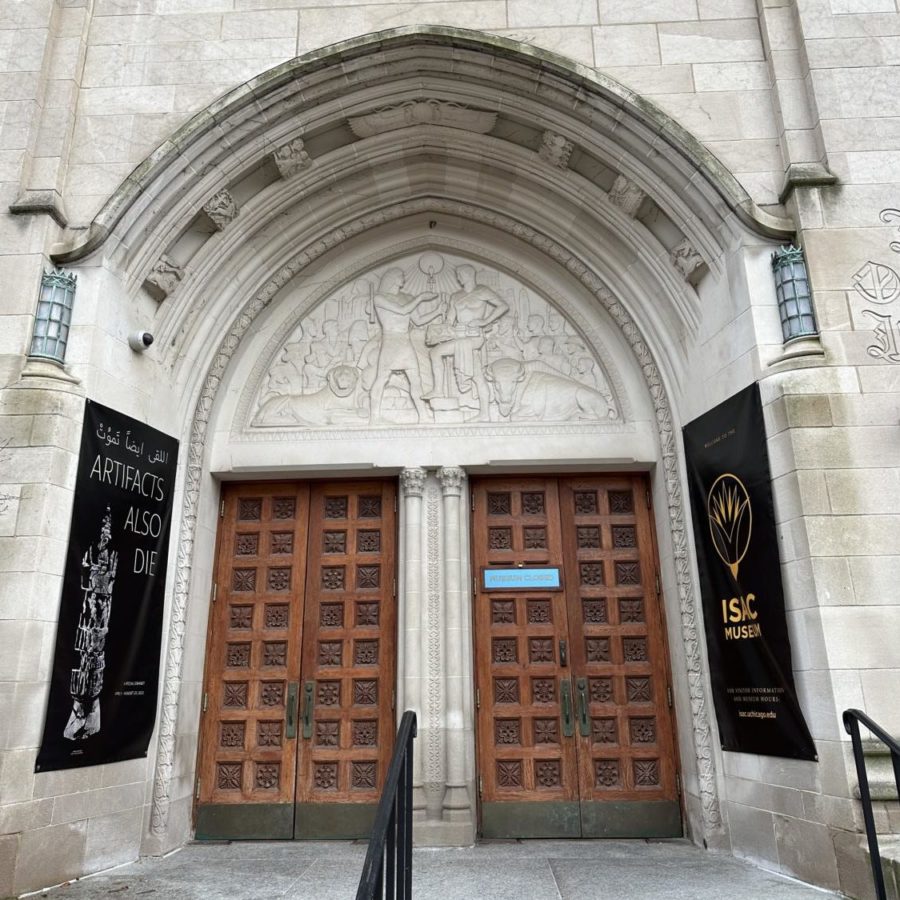As prospective students visit the University this week, they are introduced to one of its largest selling points: the house system. Houses provide first-years with a ready-made community and teach students how to live with a group of people different from themselves. If first-years find a place within their house community, the benefits are significant: long-lasting friendships, frequent house trips and other social events, and an easier transition to college life. But the system also has many weaknesses—foremost of which is the convoluted process of transferring between houses. The University should create a clearer process by which students can relocate to new houses.
There is a significant number of students who do not easily connect to their house community, or have negative house experiences for other reasons (such as bad relationships with roommates or R.H.s). Many of these students feel trapped within their houses. Because house culture is so significant for first-years, for those who are happily integrated into their own houses, there’s little incentive to participate in other communities. This leaves first-years who do not fit in well with their houses with few alternative sources of community. One of the few exceptions are the cultural organizations on campus. Some students of color and international students, who may feel isolated as a minority in their house, turn to cultural groups on campus, where they may feel more comfortable. Other students find an alternative to their house communities in Greek life. However, socializing with these groups instead of one’s own house is often stigmatized on our campus.
Many students would be better served by moving to a new house. However, the process for moving houses is opaque and convoluted. Students wishing to change houses must join a waitlist. The list itself is not available to them, so students essentially wait in limbo until they are matched with a vacancy. Once this happens, they have just 48 hours to decide whether to take the offer, and if they accept, 24 hours to complete the required paperwork (which needs the signatures of each house’s R.H.). Students can also be “pulled in” to a new house by current residents, an alternative often used during spring quarter housing lotteries. But this process is not straightforward and is full of caveats and qualifiers. For example, only students already living in Max Palevsky can be pulled into another Max P house. These convoluted processes contribute to an implicit pressure at our school to tough it out with your house and learn to get along—but this is easier for some than for others.
There is no reason why students should find it difficult to exit a community where they feel they don’t belong. House culture is a huge part of the experience for first-years on campus and can influence both their social lives for the rest of their time at the University, and their decisions about whether to move off campus. With this in mind, the University must provide a process for students to more easily move into communities where they can feel socially fulfilled.
—The Maroon Editorial Board











